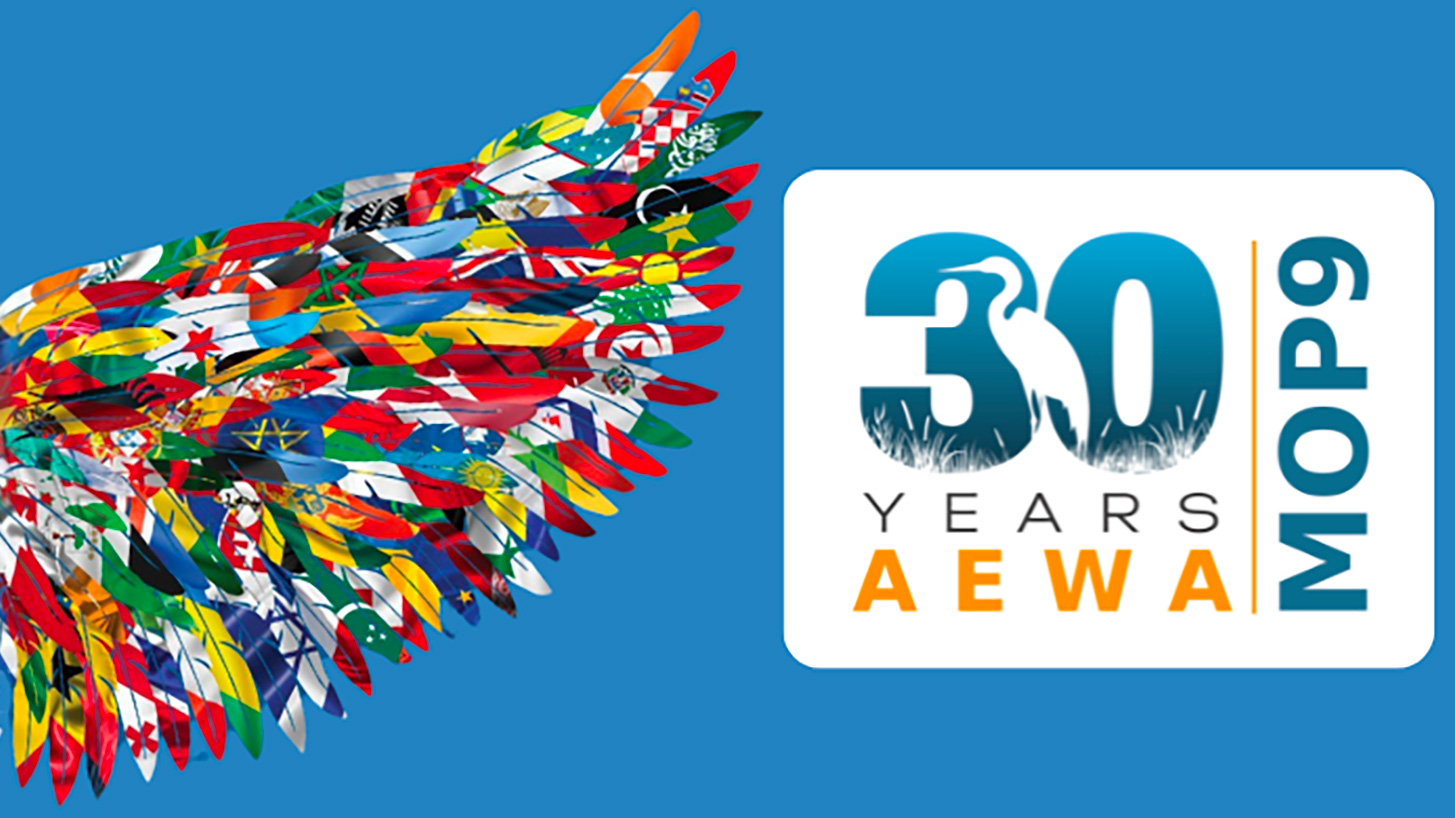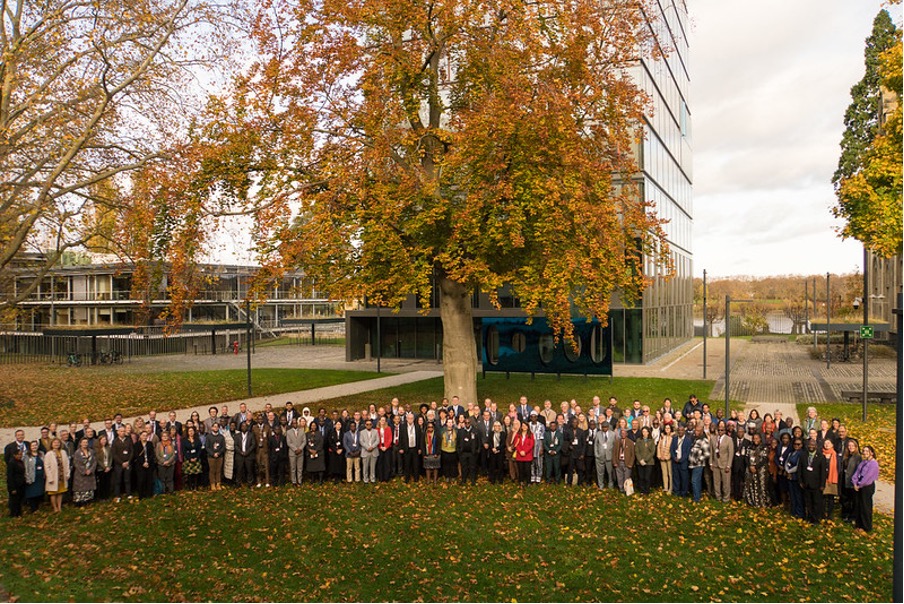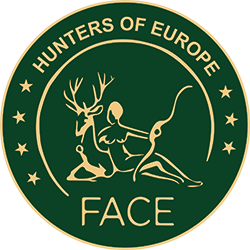
28 Nov 2025 Waterbird conservation and management: Updates from AEWA
The 9th Session of the Meeting of the Parties to the African-Eurasian Waterbird Agreement (AEWA MOP9) was held under the theme “United for Flyways”, reflecting the core mission of AEWA to bring countries and the wider conservation community together to conserve and manage migratory waterbirds and their habitats along the African-Eurasian Flyways. Here, final decisions were taken on changes to the legal text of the Agreement, the status of waterbirds, action planning, and resolutions for the activities and strategy of the Agreement.
Some key outcomes from FACE’s perspective:
- Revised International Action Plans for the Pink-footed Goose and the Taiga Bean Goose were adopted for the period 2026-2037. This continues the work of these flagship action plans, which use adaptive harvest management to secure the recovery and conservation of geese, while balancing socio-economic interests.
- 43% of Parties submitted National Waterbird Harvest Data Reports. This is a new reporting module under AEWA and is therefore a useful resource for understanding more about the legal frameworks in place and the extent and importance of waterbird harvest throughout the Agreement area.
- Stability in the legal status of huntable waterbirds. Compared to previous MOPs, there were minimal changes in the conservation status of populations requiring adjustments in the legal status of species.
- Recognition that implementing AEWA not only helps to safeguard waterbirds but also improves the livelihoods of communities, such as those living in and around key habitats for migratory waterbirds.
Other headlines: Sadly, the Slender-billed Curlew (Numenius tenuirostris) was recently declared extinct, with the last confirmed sighting in Morocco in February 1995. This was shortly before AEWA was formally negotiated and concluded. The conclusion was that cooperation is vital and that we must act earlier and faster to prevent future losses.
From a historical point of view, it is interesting to note that the first international workshop on the Slender-billed Curlew was organised by the Fondazione Il Nibbio in Italy on 28 March 1992, led by Giovanni Bana, an important figure within FACE. The meeting agreed on a Declaration to recommend that urgent steps should be taken, including listing the species in Appendix I of the Convention on Migratory Species (CMS). Later, FACE was a partner in a LIFE project for the Slender-billed Curlew from 1996-1999, together with Royal Belgian Institute of Natural Sciences, Greek ministries and the University of St. Andrews.

Photo credit, Il Nibbio Foundation – appearing in The history of AEWA by Dr. Gerald Boere. Including Giovanni Bana standing in the middle with Gerald Boere and Janine van Vessem. Kneeling, Giuseppe Micali and Dr. Yves Lecocq (FACE Secretary-General).
Latest Assessment on the Status of Migratory Waterbirds
The latest edition of the AEWA Conservation Status Report (CSR9) provides a detailed analysis of the pressures affecting AEWA waterbird populations as well as guidance on effective conservation responses. These reports are an essential contribution to documenting and monitoring waterbirds across the flyways. The main finding of CSR9 is that 41% of AEWA-listed waterbird populations are in decline, similar to the percentage in the last report.
Some of the main recommendations:
- Better implementation of AEWA’s International Species Action Plans. AEWA action plans are delivering results, but fewer new plans are being developed and existing plans need continued support.
- AEWA Parties should submit inventories of internationally and nationally important sites, which are essential for the AEWA flyway site network. To date, only 40% of Parties have submitted their designations for waterbirds.
- Integrate waterbird conservation into activities in the wider environment, as the majority of their populations are dispersed. It is not enough to focus on threatened species and protected areas and we need to integrate the conservation of birds into the economic activities in the wider environment, including agriculture, infrastructure development, and other sectors.

30 Years of AEWA – A Milestone in International Flyway Cooperation
The 30th anniversary of AEWA is an occasion to reflect on achievements and set out the path for the next decades. In this regard, the discussions at MOP9 focused on the development of a new AEWA Strategic Plan and the next triennial budget.
FACE is pleased to see that AEWA remains practical and data-driven, helping countries balance conservation with sustainable use, from harvest monitoring and legislative reviews to innovative programmes such as the European Goose Management Platform, which applies adaptive harvest management to reconcile agricultural, safety, and ecological objectives.
- Also see the video message from David Scallan, FACE Secretary-General to mark 30-years of AEWA – LINK
AEWA MOP9 documents: https://www.unep-aewa.org/en/meeting/9th-session-meeting-parties-aewa

